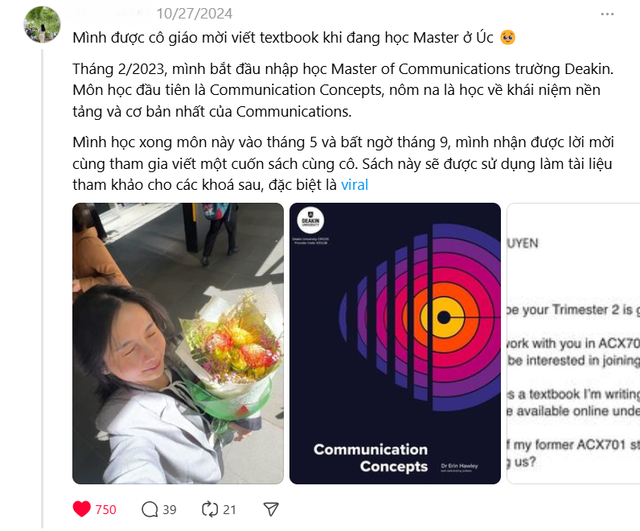
Nguyen Ngoc Linh shared the good news on her social media account Threads
PHOTO: SCREENSHOT
3 months to complete the draft of the curriculum
Three months after completing the course “Communication Concepts”, Nguyen Ngoc Linh, a master's student majoring in communication at Deakin University, received an invitation to write the course's textbook.
“I was surprised when Ms. Erin Hawley, the lecturer in charge of the subject, invited me in September 2023. I had 3 months to complete the manuscript. By May this year, the book was published and put into use in the new school year. This is a rare opportunity for international students like me,” said this international student.
In this course, Ngoc Linh contributed a case study on the topic of identity in communication. “The content of the article is inherited and edited from the final essay of the subject. For me, this subject is very abstract when I first started studying. So I believe that case study articles will help students understand the content and requirements of the subject, as well as complete the assignments more easily,” Linh presented. Linh also shared that with a general and multicultural topic like identity in communication, there needs to be an article reflecting the perspective of one’s own country to connect knowledge and absorb better.
During the writing phase of the course, Ngoc Linh could not help but feel anxious and worried. “Although I could do well on the test, writing the course is a completely different matter. I was concerned that my presentation might not meet the academic standards and language style of the course. Besides, I had to recall the knowledge that was imparted 3 months before the writing time to apply it to my work,” Linh confided.
According to Ngoc Linh, the difficulties were resolved thanks to the enthusiastic help of the instructor. Linh said: “As the main author, Ms. Hawley provided specific instructions on the requirements for writing the textbook related to language, citations, etc. She also gave detailed feedback so that I could better understand the academic requirements and how to develop the content appropriately. I realized that my perspective was a unique point that could contribute to the value of the textbook.”

Ngoc Linh gives flowers to the main author at the course introduction ceremony
PHOTO: NVCC
13 co-authors are learners
Speaking to Thanh Nien , the main author of the textbook, Dr. Erin Hawley, Director of the postgraduate program in communication at Deakin University, said that the students were invited to contribute to the textbook because they came from different fields. “Some students have worked as journalists, television producers or graphic designers. Each person’s specialized knowledge and cultural background becomes valuable when it is shared among students,” Dr. Hawley said.
Regarding the “communication concepts” course curriculum, Dr. Hawley said that this is a form of open educational materials (OER), in which the foundation is cooperation for educators and learners to inherit and adjust the content when needed.
“It makes sense to have a curriculum that includes the perspectives of students from multiple countries. This allows students to understand from both their own and other cultural lenses. No one teacher can represent all cultures and identities of students, so if students only absorb one teacher’s perspective, learning will not be effective,” Dr. Hawley added.
To publish an open textbook, Dr. Hawley said: “The editor needs to write a book proposal and have it approved by a subject expert. This is the same process that applies to open educational materials and commercial textbooks.” According to Dr. Hawley, OER is widely deployed in the world today.
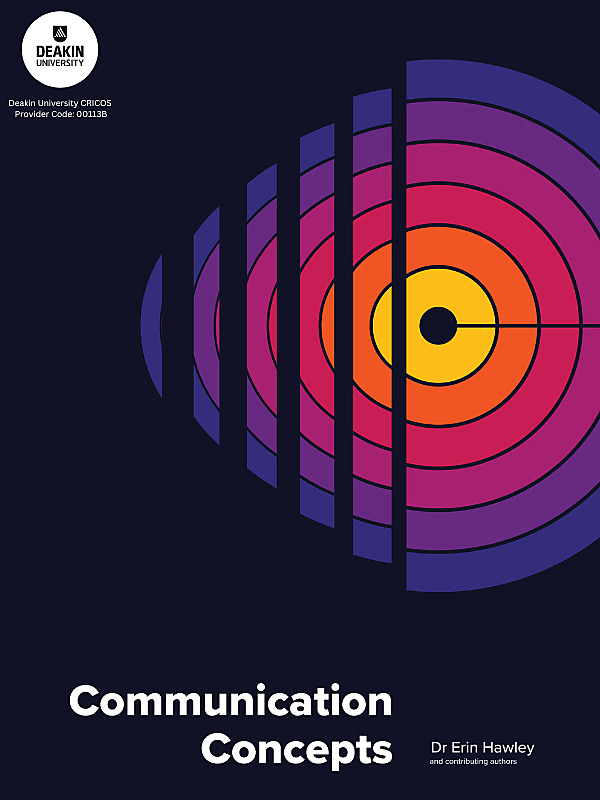
Communication Concepts textbook has been put into use since September 2024
PHOTO: DEAKIN RESEARCH ONLINE
“OER is therefore not just happening at Deakin University or in Australia. OER is focused on benefiting students and improving their lives and experiences. Students can access OER online for free, thereby reducing the financial burden, compared to commercial textbooks which are often very expensive,” Dr Hawley informed.
Working with 13 student co-authors, Dr. Hawley found the process to be smooth. According to Dr. Hawley, transparency was key. “Students needed to be given specific information and time frames. They also needed to be given autonomy in reviewing and editing their manuscripts. In addition, students were provided with information about the Creative Commons licensing system regarding copyright issues, as well as a workshop on open learning resources and copyright organized by library staff,” Dr. Hawley said.
Source: https://thanhnien.vn/mot-du-hoc-sinh-viet-duoc-tham-gia-viet-giao-trinh-khi-hoc-mac-si-tai-uc-185241109100740115.htm







![[Photo] Prime Minister Pham Minh Chinh chairs the first meeting of the Central Steering Committee on housing policy and real estate market](https://vphoto.vietnam.vn/thumb/1200x675/vietnam/resource/IMAGE/2025/9/22/c0f42b88c6284975b4bcfcf5b17656e7)



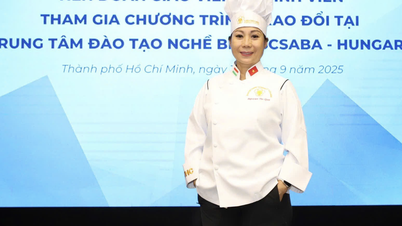
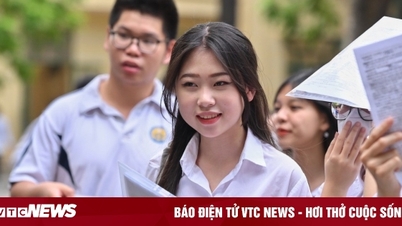

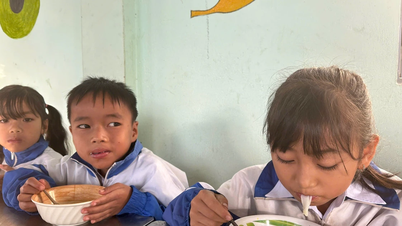











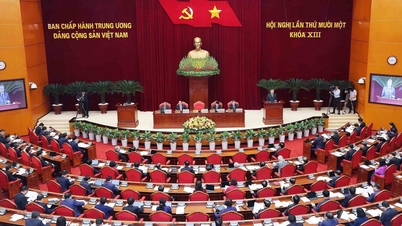










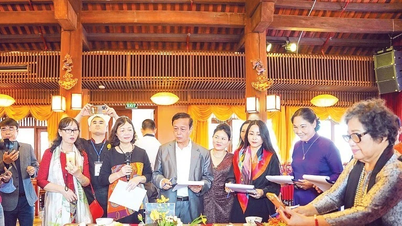


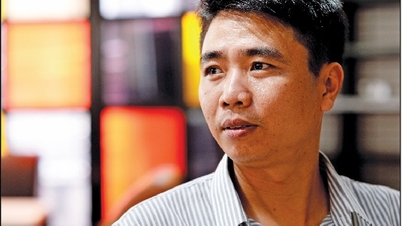




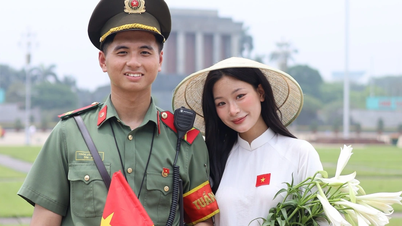
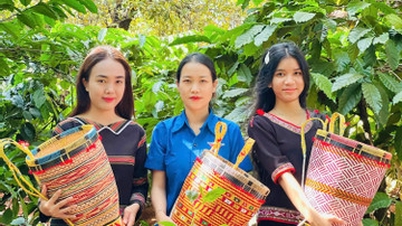
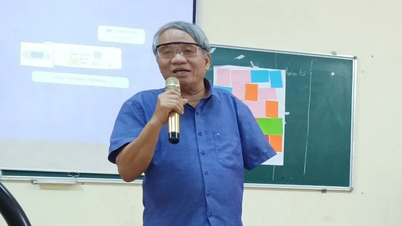











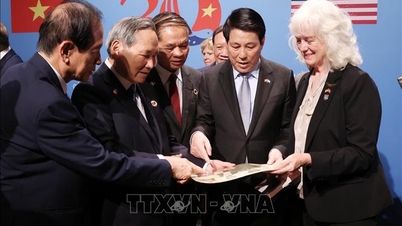


























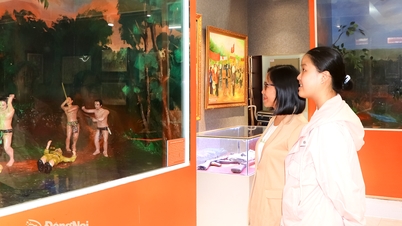









Comment (0)